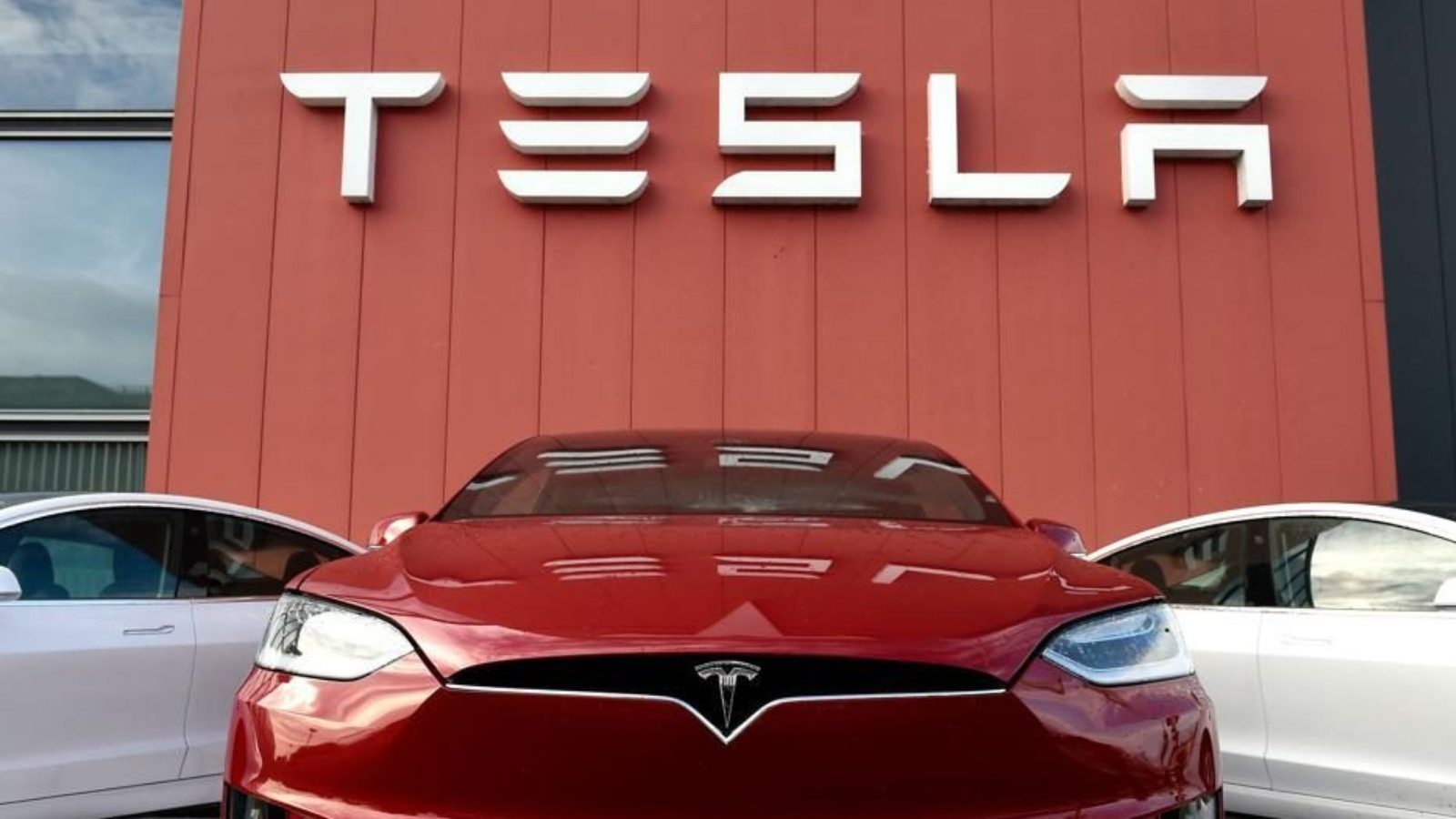While it is hard to say that America isn’t quite a zero-sum game where the winner takes all and everyone else is left in the dust.
It’s really hard to say that it isn’t, with Elon’s aggressive campaigning for Donald Trump and the expected seat at the head of the table it got for him, it seems like Elon went to the race and bet big on the unorthodox horse with the strange jockey, but in the end, won it all.
Since the election, Musk has become heavily involved in planning Trump’s second term. He has reportedly spent time at Mar-a-Lago, contributing to discussions on cabinet appointments and even engaging in conversations with international leaders like Ukrainian President Volodymyr Zelenskyy. Recently, he attended Trump’s first post-election meeting with House Republicans in Washington, DC.
On Tuesday, Trump announced that Elon will co-lead the newly formed Department of Government Efficiency alongside former Republican presidential candidate Vivek Ramaswamy.
The acronym for this initiative is DOGE, and while it may seem that the leadership is redundant, it’s important to note that this is not a formal government department—only Congress can establish those.
Nevertheless, Musk’s aspirations to “dismantle federal bureaucracy” through significant budget cuts and layoffs have secured him a genuine advisory role and direct access to Trump.
There’s only one way Trump, a known climate denier and big oil enthusiast, can help Elon Musk: through aggressive protection policies and hefty tariffs on EVs coming from competitors outside the country.
However, there is already one big wrinkle to that problem, America already has a lot of protection policies in place for their EV industry, most of which were put in place by the outgoing administration.
However, while those policies were put in place to future-proof the American auto industry’s fledging and mostly Tesla-dominated market, they were a little behind in the battery development race.
Most of the world’s EVs outside of Tesla come from Southeast Asia and they have a distinct advantage, and that comes in the form of battery development. As many who have driven BYD’s will tell you, the batteries on Asian EVs are easier to build, more efficient, and in greater production.
This leaves the US in a dilemma, keep pushing hefty tariffs on new EVs outside of US but run the risk of getting left behind in the battery race.
But there’s one big problem in all of this: Elon’s money all comes from Tesla, and in particular, Tesla’s enormously overvalued stock price. Tesla is already the leading seller of EVs in the US, but to keep things going, Musk has to sell more electric cars and also deliver on the promise of those cars becoming self-driving robotaxis.
In the end, the solution will come by way of relaxation of environmental protection laws, to allow EV makers in the US to tap resources that were being protected for the sake of the nature of the land and preserving the ecosystem, but with Trump already planning on opening up new oil fields for drilling, the US will definitely have space for mining of resources batteries in places they couldn’t go.
Source: The Verge

